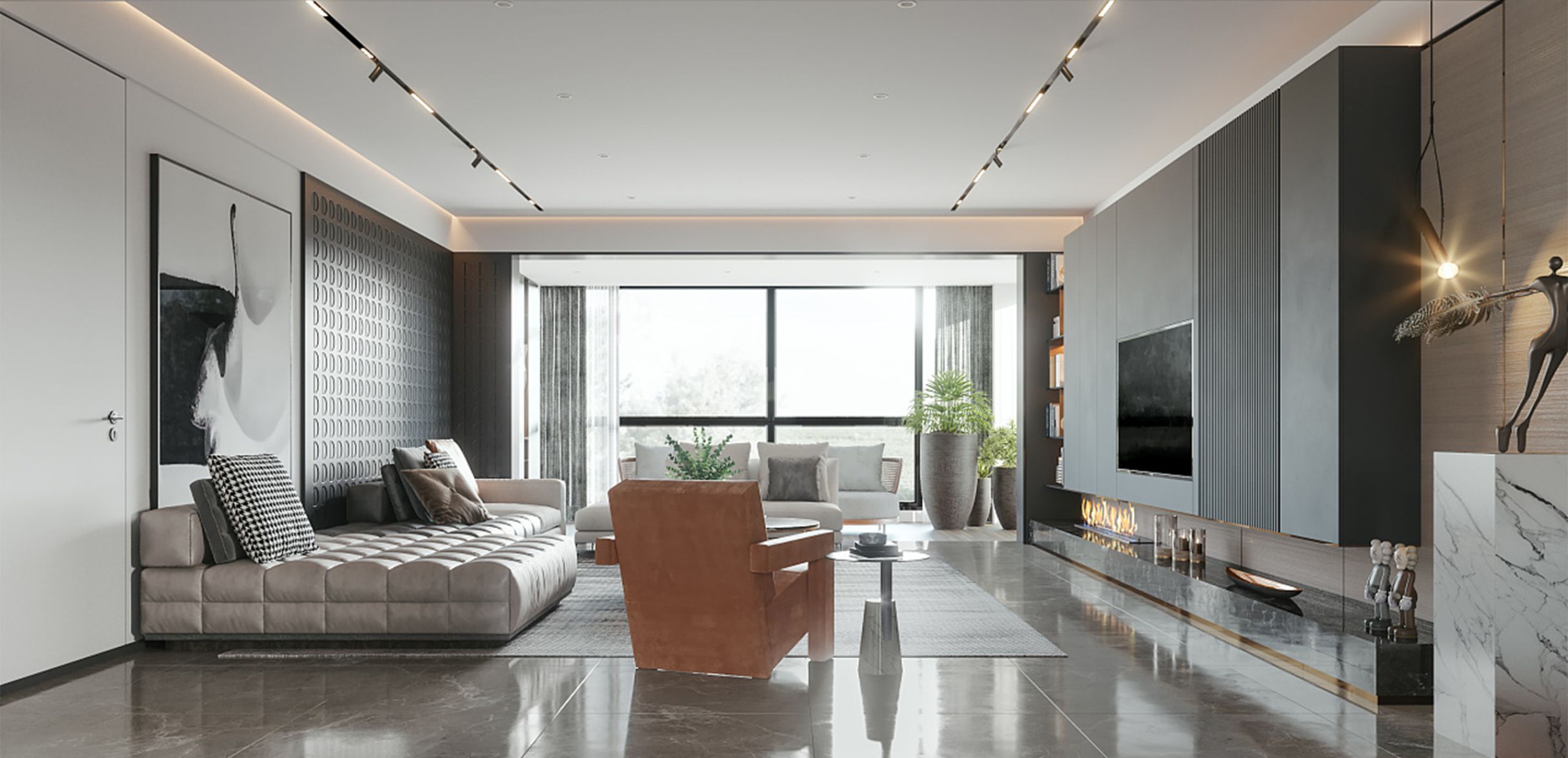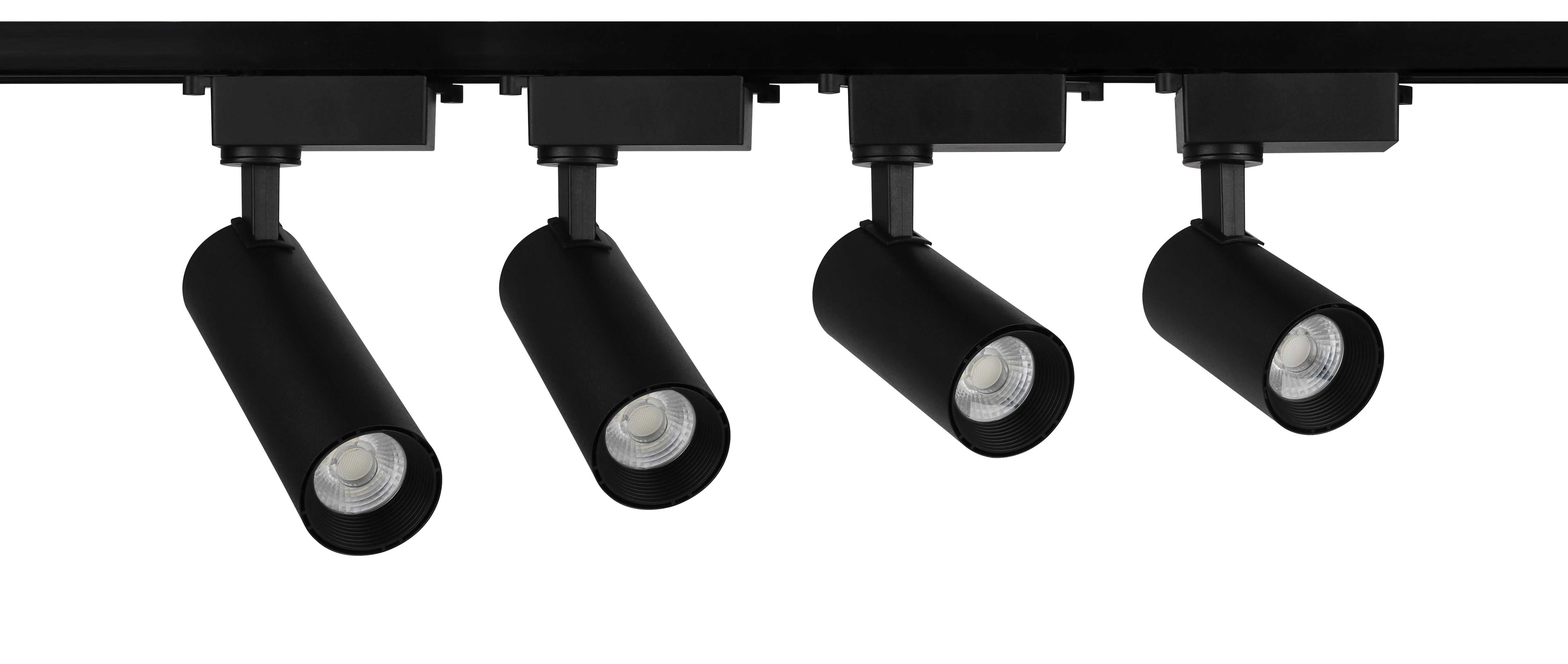A 22 years experienced manufacturer who has cooperated with 380 brands
- All
- Product Name
- Product Keyword
- Product Model
- Product Summary
- Product Description
- Multi Field Search
Author: Site Editor Publish Time: 2025-08-09 Origin: Site
LED lamps have been widely used in various scenarios such as home, office and commercial lighting due to their advantages of energy conservation, high brightness and long lifespan. However, in some special environments, especially high-temperature ones, many users have doubts:
If LED lamps operate at a high temperature of 50°C for a long time, will their lifespan be significantly shortened?
The answer is: It will shorten one's lifespan, and the impact may be very significant.
This article will analyze the impact of high temperatures on the lifespan of LED lamps from the perspectives of their working principle, heat dissipation structure, and environmental influence, as well as how to avoid the problems caused by high tempratures.
1. Why are LED lamps afraid of "heat"?
Although LED lights themselves do not generate as much heat as incandescent lamps, in fact, LED chips produce a large amount of heat when working, but most of it is concentrated inside the chip and in the driving circuit. If this heat cannot be dissipated in time, the following consequences will occur:
Luminous efficiency decline (light attenuation) : An increase in temperature will cause the luminous flux of the LED to decrease, making it appear dimmer.
Color shift: Especially for colored or warm white lamps, high temperatures may cause unstable light color.
Shortened lifespan: Long-term high-temperature operation will accelerate material aging, leading to chip degradation or driver power supply failure.
Electrolytic capacitor damage: The capacitor in the LED driver circuit is particularly sensitive to temperature and is one of the common reasons for the failure of the entire lamp.
Generally speaking, the lifespan of LED lamps is measured under an ambient temperature of 25°C. For every 10°C increase in temperature, the lifespan may be shortened by 30% to 50%.
2. Is a working environment of 50°C serious?
An ambient temperature of 50°C is not uncommon in some special scenarios, such as:
The outdoor environment in summer (especially with sealed lamps
Industrial plants, mechanical workshops
The attic on the top floor and the unventilated ceiling space
Commercial display Windows or areas with a high concentration of spotlights
In such an environment, the LED chip itself will further heat up during operation, and the junction temperature of the chip (i.e., the internal temperature) may exceed 80 to 100°C. Once the temperature resistance limit of the LED chip or driver circuit is exceeded, it will accelerate the damage.

3. How significantly is the lifespan shortened at 50°C?
Take an LED lamp with a normal design lifespan of 25,000 hours as an example:
It can be used normally for about 8 to 10 years at room temperature (25°C) (with 8 hours of use per day).
When used at a high temperature of 50°C, its lifespan may be shortened to 10,000 hours or even less.
Extreme conditions (such as above 60°C) may last for only a few thousand hours, or even less than a year.
In addition, high temperatures can also cause problems such as frequent flashing, premature extinguishing, and difficulty in starting.
4. How to avoid the impact of high temperatures on LED lamps?
To extend the lifespan of LED lamps, it is recommended to start from the following aspects
Choose products with good heat dissipation design
Try to choose lamps with aluminum heat sinks or metal casings.
Avoid using fully enclosed lamps, especially in suspended ceilings or confined Spaces.
Optimize the installation environment
Ensure good air circulation and avoid placing the lamps in a closed and stuffy environment.
When used outdoors, it is advisable to install it in a shaded area or add a heat shield.
Use high-temperature resistant LED lamps
For special scenarios (such as factories and high-temperature environments), industrial-grade LED lamps marked with high-temperature resistance (such as operating temperature ≤ 60°C) should be selected.
Choose products of well-known brands that comply with national standards (such as GB 7000).
Pay attention to the matching of power and heat dissipation
High-power LED lights are more prone to heat generation than low-power ones. When installing them, it is necessary to consider whether their heat dissipation capacity is sufficient.

5.Conclusion
Although LED lamps are designed to have higher energy efficiency and longer lifespan than traditional light sources, this is based on a reasonable usage environment. A high-temperature environment of 50°C can cause substantial damage to LED lamps, and in severe cases, it can shorten their lifespan by half or even more.
If you are choosing lights for Spaces prone to heat accumulation such as workshops, display Windows, and ceilings, it is essential to pay attention to the product's heat dissipation design and operating temperature parameters. After all, the prerequisite for a long lifespan is "not overheating".
Only by choosing lights wisely and using them safely can we truly enjoy the energy-saving and long-lasting benefits brought by LED.
content is empty!